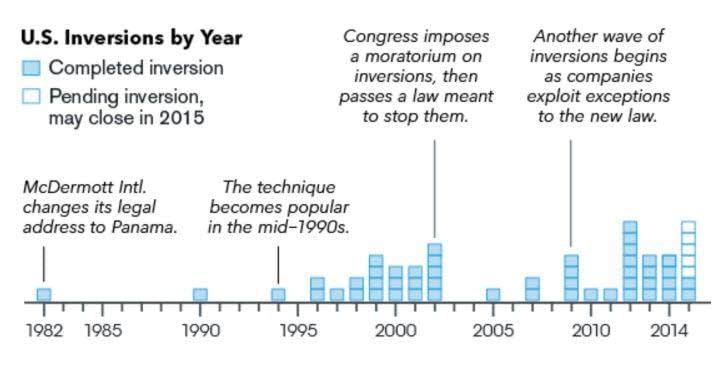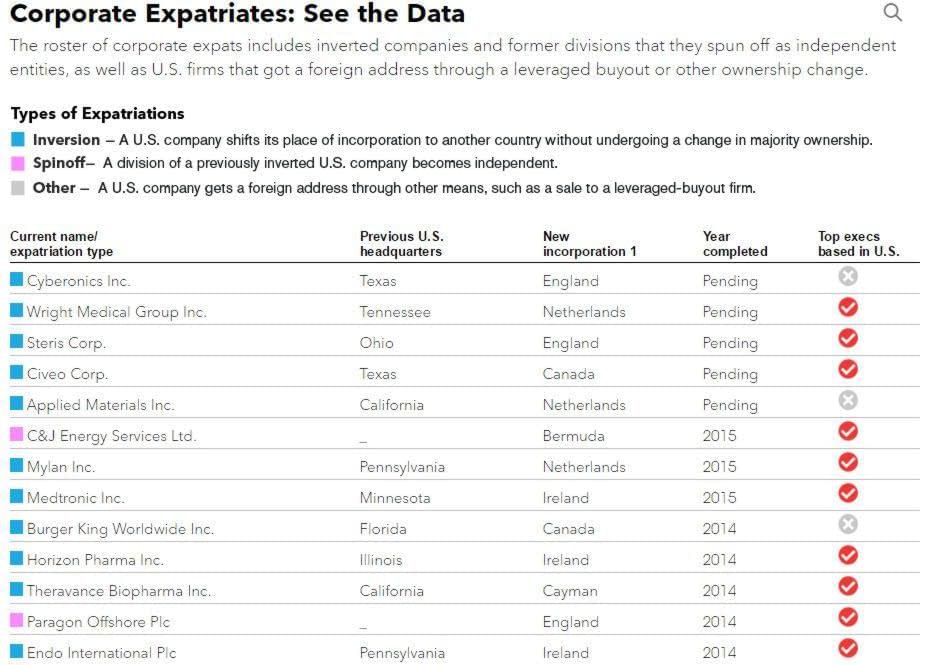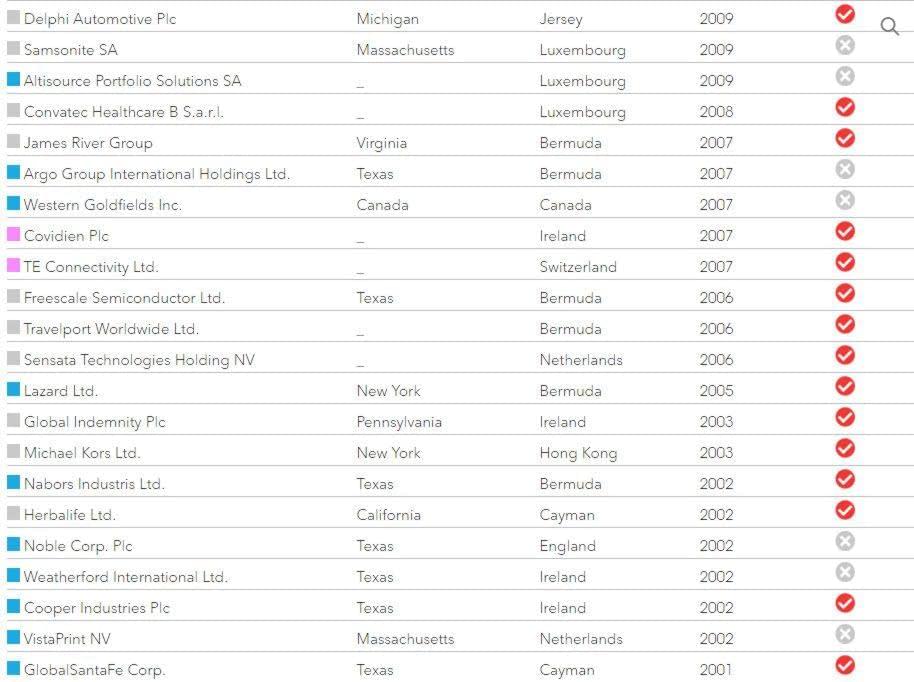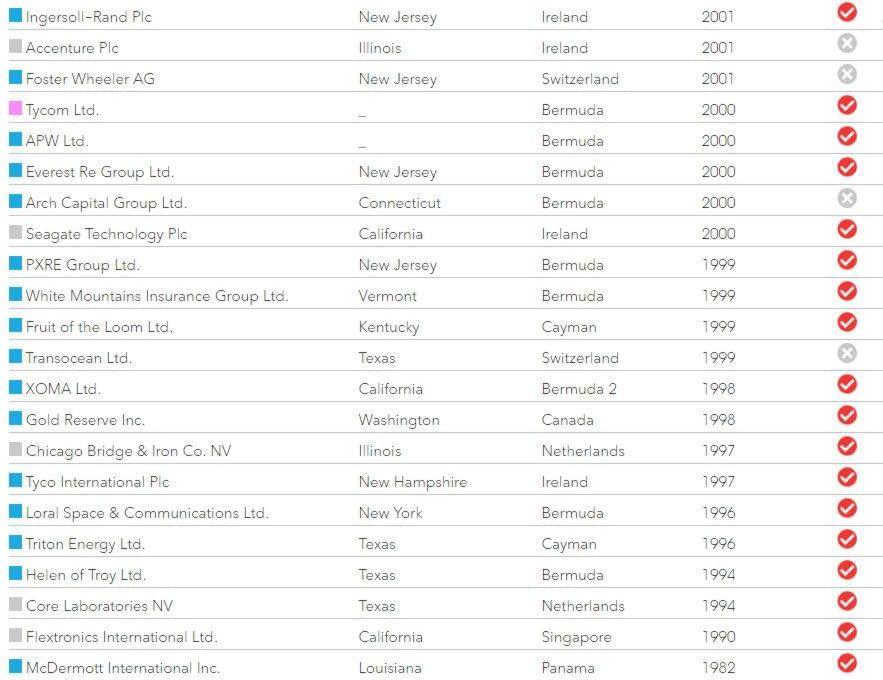Guest Post & Charts Of The Day: Tax Inversions, Who’s Inverting & Why
Guest post, by Adam Sarhan
11.23.15
Earlier today Pfizer ($PFE) inked a record deal to buy Allergan ($AGN) for $155B. The deal was primarily due to help Pfizer save billions of dollars every year in taxes (a.k.a. tax inversion). Pfizer is the latest in a series of high profile companies that are moving their headquarters overseas to take advantage of a corporate tax loophole that allows them to pay lower taxes on income generated aboard. Let’s take a closer look at tax inversions and a list of companies which have inverted recently.
What is a tax inversion?
The most common definition of a tax inversion occurs when a company becomes a subsidiary of a new parent company located in another country for the purpose of lowering their tax rates.
Why Invert?
The simple reason to invert is to save money by paying less taxes. In the U.S., the 2015 corporate tax rate is 35% which is one of the highest rates in the developed world. Meanwhile, Ireland’s corporate tax rate of only 12.5% which translates into billions of dollars a year.
The Loophole(s):
In addition to the 35% corporate tax rate, the U.S. is also one of the few countries that taxes its companies on their worldwide income. The current U.S. tax code allows domestic companies to defer the taxes owed on profits generated overseas until they bring the money back to the U.S. Meanwhile, other countries, like the U.K. or Canada only tax domestic profits. This means a company based in the U.S. can end up paying more taxes than an identical U.S. company owned by a foreign entity. The loophole allows U.S. companies to buy a foreign parent which allows them to escape paying Uncle Sam on their worldwide income. Another important loophole that exists is that once a company inverts, it can take advantage of the U.S. tax deduction on interest for payments to their own affiliates abroad. These deductions are only available with a foreign parent company and add up to serious dollars.
Tax Inversions – See the Data
The following data courtesy of Bloomberg shows which companies have inverted recently and that the pace of inversions has grown rapidly in recent years.
The following data is from the middle of 2015:
1 – For companies that have changed incorporation more than once, indicates latest place of incorporation.
2 – Xoma reincorporated from Bermuda to the United States in 2011.
Source: Data compiled by Bloomberg
